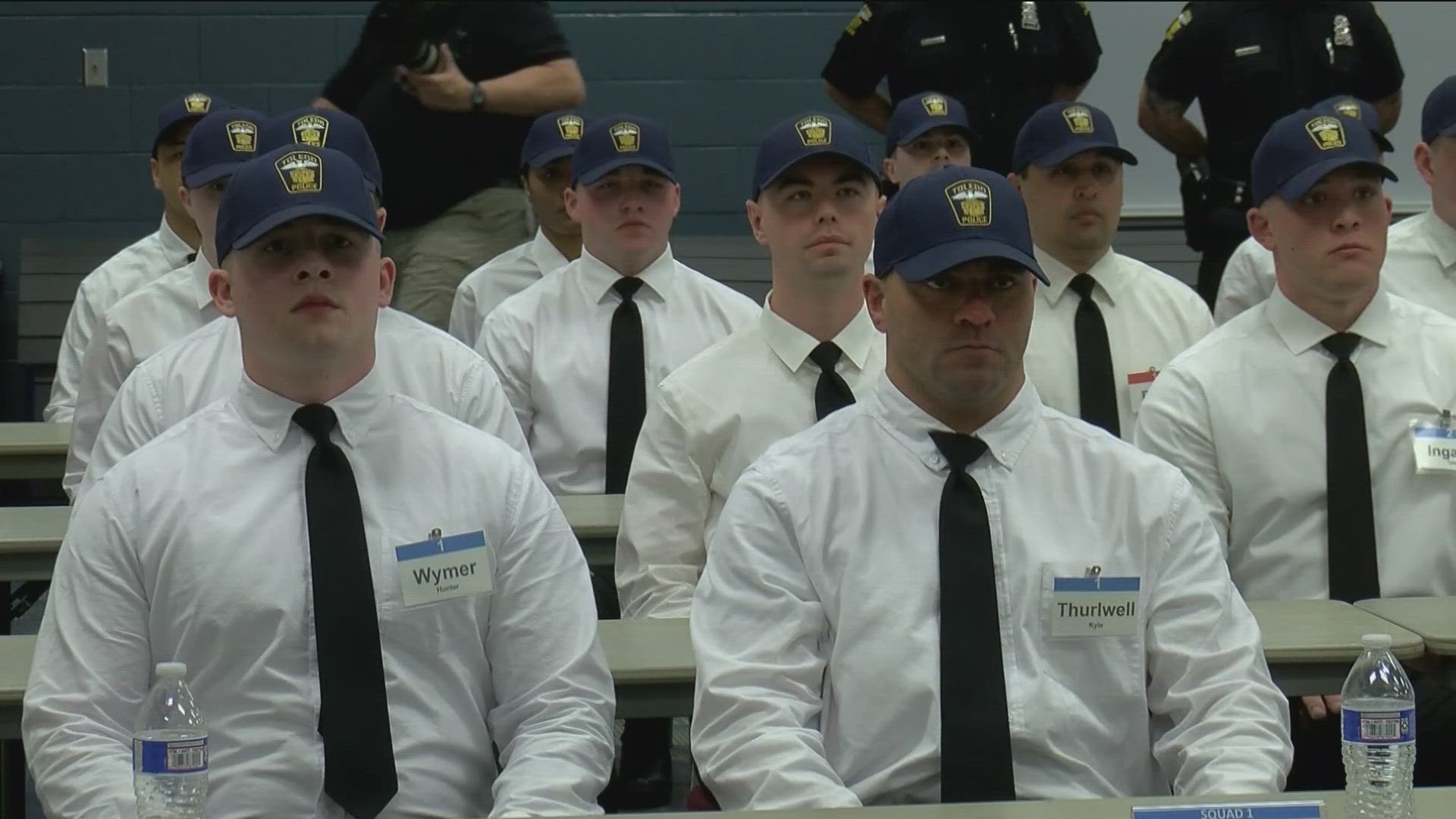COLUMBUS, Ohio — Ohio's attorney general has announced new recommendations for police officer training in the state, looking to update it for the modern age.
Attorney General Dave Yost said in a meeting with the press on Wednesday that police training has been the same for a little over a decade. So he gathered a panel of senior police officers from the Ohio Peace Officer Training Academy to come up with some ways to modernize and improve it, coming up with seven bullet points that he said would make officers safer and more effective than ever before.
"I'm confident that this new blueprint from this distinguished group of experts is going to put Ohio on a route to be the best in the nation at training our law enforcement officers," Yost said.
It took four months of research but Yost's office has come up with new ways to use the 740 hours police trainees need to graduate, retooling the program to make it not just about enforcing the law on paper, but also about effectively serving the community.
"Toward the sorts of things that officers and deputies are encountering on a daily basis," Yost said.
Yost said moving forward he's recommending less radar gun training and more time on topics like how to communicate with the public.
"Specifically, how to talk to people, how to read body language, how to not escalate but de-escalate a situation," OPOTA assistant executive director Thomas Quinlan said. "Communication is a key piece we found to be missing."
Their research found current firearms standards to be inadequate. In addition to the required hours of range time, the attorney general's office is now recommending a written test as well.
"[The test] covers law, when they're allowed to use their weapons, how the law applies to what serious physical harm is," Quinlan said.
It was also recommended that physical fitness qualifications be slightly relaxed, now letting officers graduate even if they've only passed two of the three fitness standards.
"We find that we're losing some people because of three or four seconds on a run, or one push up or one sit up," said Quinlan.
Additionally, 80 hours of tactical training, normally reserved for SWAT, would be required to better prepare officers for the realities of the job. Continued professional training will also be required more than ever before.
And perhaps the most futuristic adjustment? Instead of rookies being immediately put on the street, Yost said some of their earliest field training will be now in virtual reality.
"By using virtual reality, when the decision goes the wrong way, the real-world consequences don't follow," Yost said.
It's important to note that almost none of these changes will happen right away and many will require a change from the legislature or the passage of a statute.
But the Ohio attorney general said they're working as quickly as possible to get them all passed and integrated into the modern academy.

